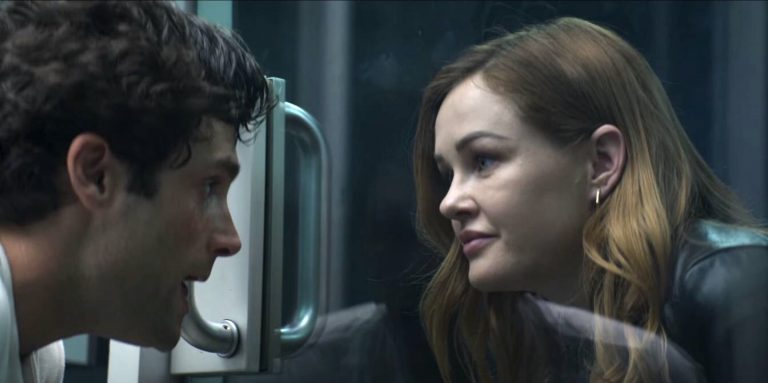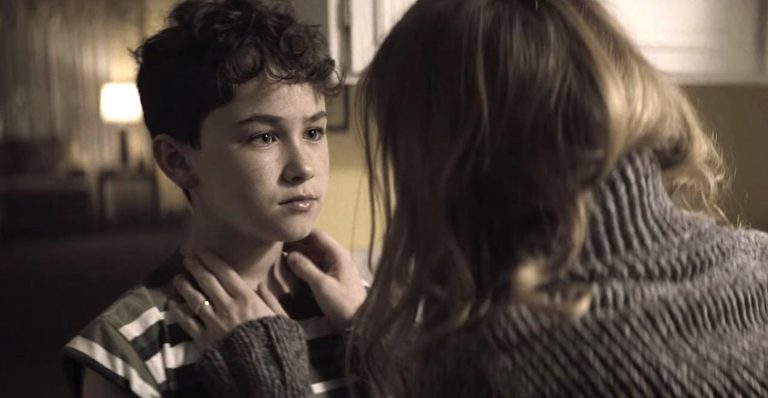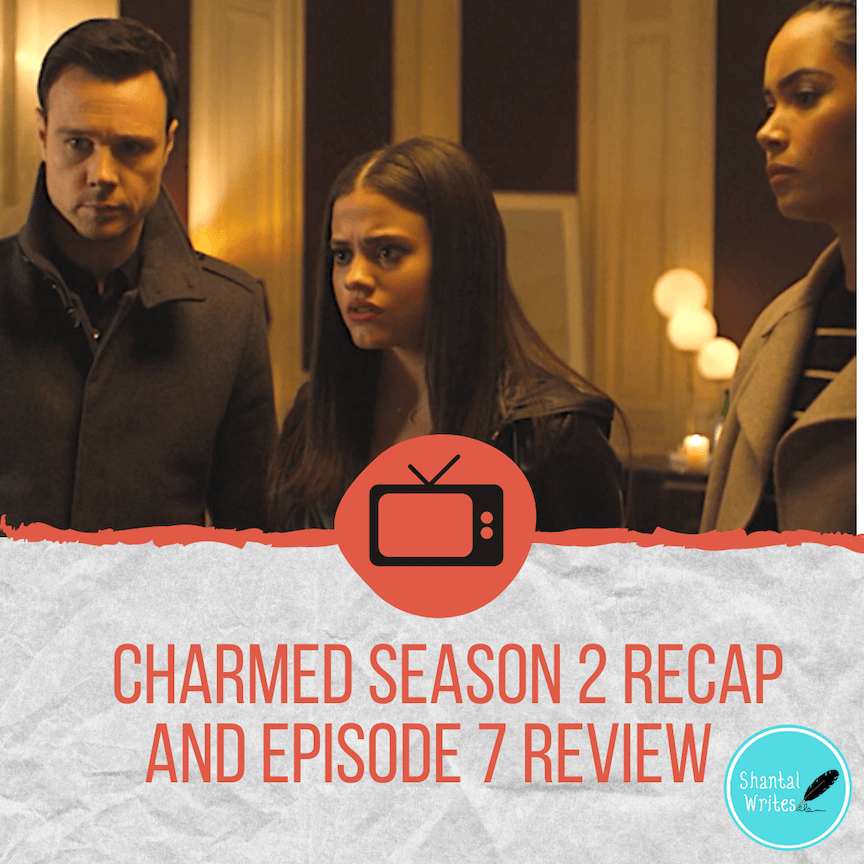
What I have learned from studying the craft of storytelling is that often, stories that are effective in making us care, are stories in which a character drives the plot. Netflix’s “You” Season 2 is a great example of that.
This new season follows Joe Goldberg to Los Angeles as he attempts to escape the dark events of his past and start anew. It doesn’t take long for Joe to become infatuated yet again with another young woman, but this time things are different. Joe will try to make it work by attempting to be on his best behavior, but as we all know, that’s easier said than done, especially when his past is literally catching up with him.
Season 2 was so entertaining to watch and this is due to how well Joe’s story is being told. Between season 1 and 2, this season is the one that actually gives us Joe’s character arc. The plot is not maneuvering Joe towards a particular conclusion, instead, it is his journey to internal change that determines the external journey. We follow Joe as he is tested. Can he change? Can he really be in a healthy romantic relationship? It is Joe’s decisions in trying to resolve this conflict that causes the chain of events that we see unfold this season.
To do this, the writers used elements such character goal, compelling motivation, backstory, conflict and theme to drive the plot. Let’s take a look at how “You” crafts each element to effectively tell Joe’s story.
Character Goal and Compelling Motivation: What Joe Wants

Due to the events of last season, Joe has learned that if he is to truly have love, he must be more careful about choosing the right person. His new goal now is to start a new life with “real” love, and that is in the form of a new love interest named Love. All Joe has to do is…not be who he was. Why? Because in his past Joe has been hurt by those he loves and he has hurt people for love. In order to make things work this time, he has to stop himself from reacting how he used to. So, Joe tries to be patient, even going as far as taking things slow, but Love herself does not, proving that she is quite different from his exes. When they’re together, Joe is attentive to her needs, incredibly flexible and willing to deal with Love’s shortcomings. When obstacles get in his way (like her friends, her brother, her friend-with-benefits) Joe is faced with an opportunity to choose to do the right thing this time. And he does, for the most part. He constantly has to remind himself not to stalk, obsess or harm others for Love.
Conflict: What Stands in His Way

Obstacles are what keep a character from their goals. Their struggle to overcome these obstacles is what makes a story a story. In “You”, the stakes rise as Joe’s ex returns for revenge and as Joe becomes involved in his teenage neighbor’s life. This complicates Joe’s ability to externally achieve his goal. Can he protect everyone and be the best boyfriend while keeping his ex from revealing his true identity?
Internally, Joe’s inability to face his past is what stops him from being able to change for Love. These two types of conflicts work together to create the struggle we see in season 2 which prolongs the answer to the question on whether or not it’s possible for Joe to truly change.
Backstory: Why Joe is the Way That He Is

A character’s backstory gives us insight into what has shaped their motivations, fears and flaws. This makes us care even more about what happens to them as they try to resolve conflicts and achieve their goal. This season we learn that Joe comes from an abusive household where his father was violent and his mother was neglectful. The moment that marks him is when Joe shoots his father dead to protect his mother. Here is where Joe’s warped sense of self, reality and relationships are formed. His mother cements his false beliefs by telling Joe that he is a good boy, what he did was an accident and all he was doing was protecting her. All of that to then send him away to a boys group home. Joe believes that what he does is for love and that he must be someone else in order to be loved.
Theme: What Joe Has to Learn to Change
Theme is what makes us relate to a character. Joe is a sympathetic character even if what he does is so horrible. This is because we can relate to his need for acceptance and love, as well as his fear of rejection. We understand that sometimes we hide who we are when we think the risk of being socially shamed and ostracized outweighs being ourselves. It’s a universal theme. And when Joe is surrounded by unlikeable people who trigger these fears, it’s easier to find ourselves rooting for him. However, Joe’s depraved actions reminds us how problematic he is; how messed up his perception of life is, and so we also find ourselves itching for him to finally get caught.
Theme is also the main topic of a story; a lesson a character must learn in order to change and achieve their goal. In the end, if Joe doesn’t learn the truth of the theme (that he can’t be someone else to be loved AND that his actions are motivated by fear), then his ability to change is at risk and so is he at risk of getting caught.
The Elements Work Together
And with that, all of these elements work together to create the story we see in season 2. Joe wants a new life, but he won’t confront the truth of his past. And Joe can’t exactly avoid the past as it is literally following him.
So, when you’re crafting your stories, consider how “You” season 2 was crafted. Who is your main character? What do they want? What false belief do they have about themselves or life? What would make it difficult for them to achieve their goal externally and internally? Knowing these things will help you create an effective story that emotionally grabs your readers.
Have you watched “You” season 2 yet? What did you think of this season and the way the story was crafted? Let me know in the comments below!

Hi! Shantal here. I’m a writer and a storyteller. I created Shantal Writes to share my experiences with writing fiction. I also provide new writers with tips, tools, and writing advice. I hope you find something helpful while you’re here!
More On Shantal Writes




